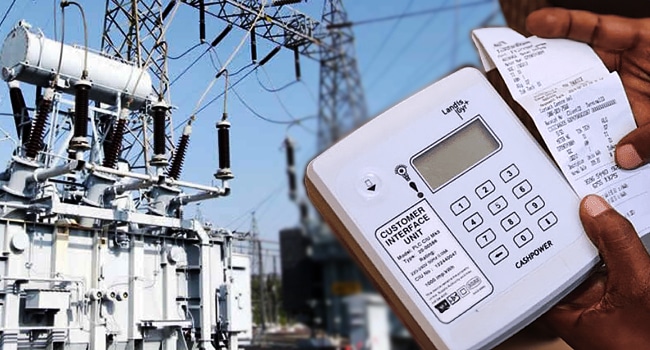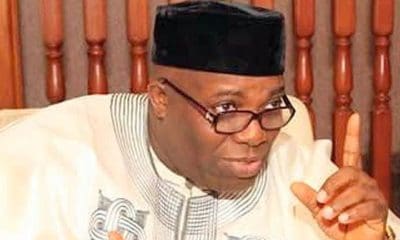Business
FG Spent ₦628.61 Billion On Electricity Subsidy In 2023 Amid Rising Power Costs

The Federal Government of Nigeria expended a staggering ₦628.61 billion on electricity subsidies in 2023, as part of efforts to stabilize the power sector and cushion the economic impact on citizens.
Naija News reports that this substantial financial commitment was disclosed in the latest data released by the Nigerian Electricity Regulatory Commission (NERC) on Wednesday.
Throughout 2023, the quarterly subsidies escalated from ₦36.02 billion in the first quarter to an alarming ₦252.76 billion in the fourth quarter, reflecting the government’s struggle to maintain stability in power distribution amid fluctuating economic conditions.
During this period, the revenue collected by power distribution companies (Discos) surged to ₦1.08 trillion. The breakdown of quarterly earnings showed consistent increases, with Discos earning ₦247.09 billion in Q1, ₦267.86 billion in Q2, ₦267.61 billion in Q3, and peaking at ₦294.95 billion in Q4.
The increase in subsidies is primarily attributed to the non-implementation of cost-reflective tariffs, which compels the government to cover the difference between the cost-reflective and allowed tariffs.
This gap mainly pertains to the power generation costs payable by Discos to the Nigerian Bulk Electricity Trading Company (NBET), the primary power trader in the sector.
According to the NERC, the massive fourth-quarter subsidy was largely due to government policies, including the harmonization of exchange rates while maintaining consumer tariffs at December 2022 levels.
“This increase in subsidy obligation implies that, during Q4 2023, Discos were required to cover only 45% of the total invoice received from NBET,” the NERC stated in its report.
Additionally, the report highlights the operational challenges faced by the Discos, including a decline in collection efficiency which stood at 73.79% in Q4, a decrease from 76.56% in Q3.

© 2024 Naija News, a division of Polance Media Inc. Contact us via [email protected] or Whatsapp on +2348113851775









